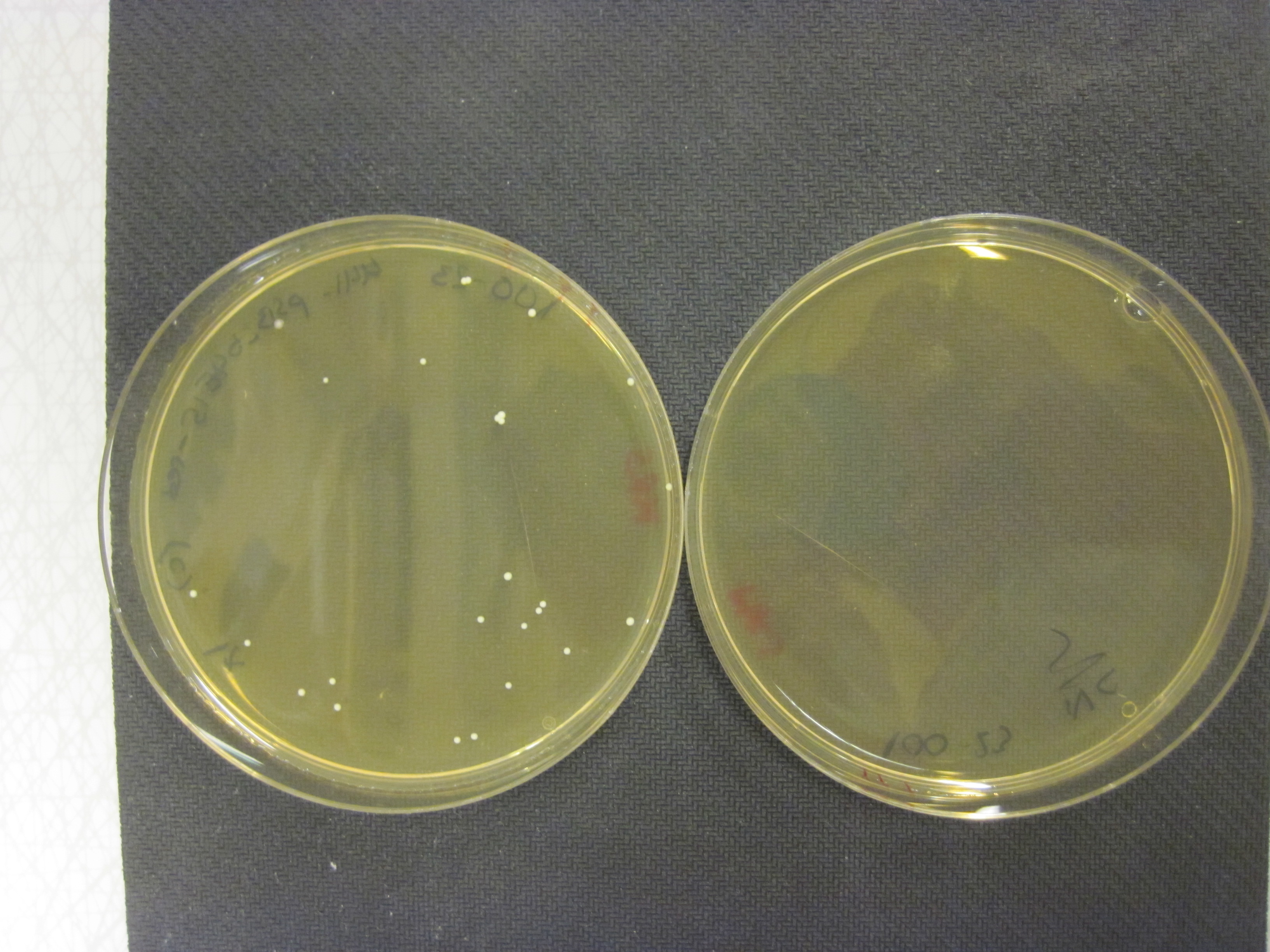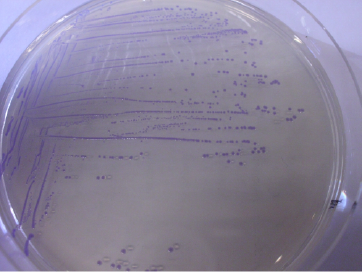Shuttle vectors for Lactobacillus and E. coli
Building bridges between E. coli and Lactobacillus
A shuttle vector is a plasmid that can be transferred between two different species and is able to replicate in both. Such a vector is key for bioengineering in Lactobacillus. The low transformation frequencies of ligations and longer generation times slows down the work pace tremendously if you have to assembly and test everything in Lactobacillus. A solution to this problem is if you instead build everything in E.coli and then transfer the finished construct to Lactobacillus. We have created two shuttle vectors that we have sent to the registry.
Resveratrol belongs to a group of molecules known as Phyloalexin which is used by many plants to battle infections of all sorts.
Since the early 90’s there has been many studies done on resveratrol showing it has a wide range of beneficial properties ranging from skin cancer reduction to anti-inflamatory effects and antioxidant properties.
Shuttle vectors
BBa_K1033206, with chloramphenicol resistance.
BBa_K1033207, with erythromycin resistance.
Construction of shuttle vectorns
To create the shuttle vector we replaced the replicon in a biobrick compatible plasmid BBa_K864003?) with a replicon from a plasmid known to work in both E.coli and Lactobacillus pSH71. pSH71 originates from a plasmid, pJP059, from Lactococcus lactis but it is well known to replicate in both the Lactobacillus genus and in E.coli through rolling circle replication.[1]
Many species in the Lactobacillus genus have inherent antibiotic resistances.[2], because of that we have been limited in our selection of antibiotic resistance. Most commonly used are chloramphenicol and erythromycin and we made versions of both for our shuttle vector. BBa_K1033207 contains an erythromycin cassette from pLUL631 and BBa_K1033206 contains the resistance cassette from pSB1C3 but has had its promoter replaced with our cp29 promoter.[3]

Results
We have managed to transform both shuttle vectors to E. coli and verified them by sequencing. We have also managed to subclone with them and replaced the red insert with chromoproteins expressed by our CP promoters that works both in E. coli and Lactobacillus, clearly yielding coloured colonies (see picture on the right below).


Finally we have also gained positive results when transforming BBa_K1033207 to Lactobacillus reuteri and Lactobacillus plantarum. See the picture above on the left. The plate on the left contains Lactobacillus reuteri 100-23 transformed with BBa_K1033207. The plate on the right is a negative control of 100-23 without the plasmid.
 "
"














